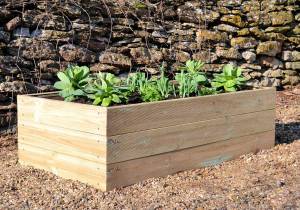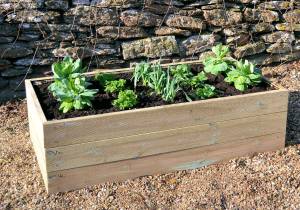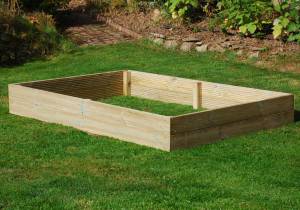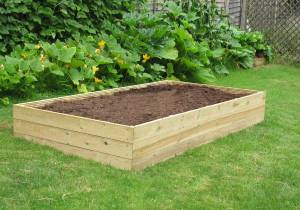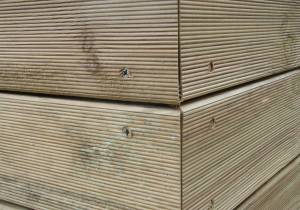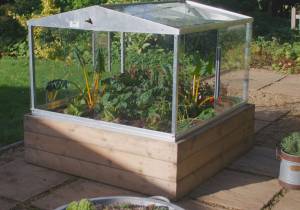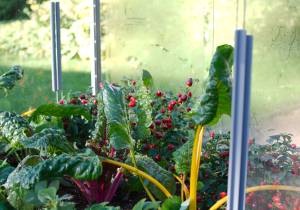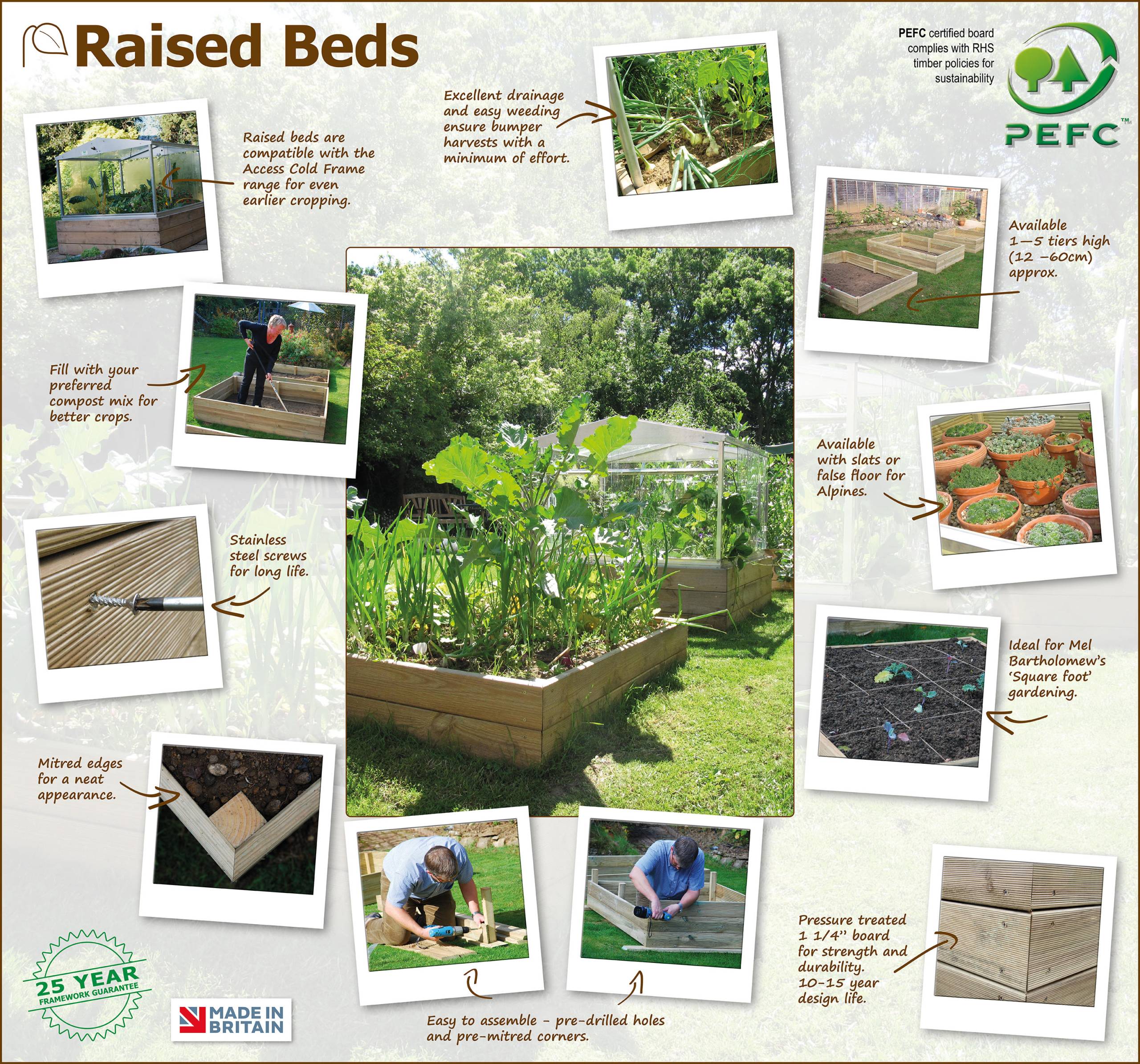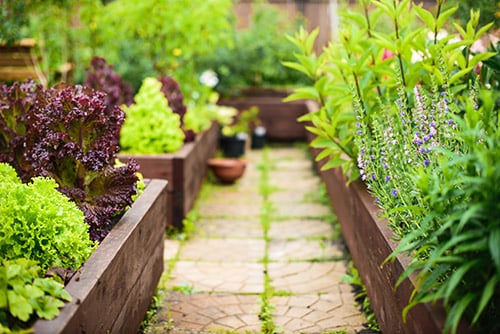What are raised beds kits?
Raised beds are planting areas that are constructed above the ground level and are typically surrounded by a frame or border. They vary in size and can be made from a variety of materials, including stone plastic or, like ours, wood.
Raised bed kits are pre-packaged sets containing all the necessary components to build a raised garden bed. Ours comprise pre-cut wooden panels, stainless steel fixing screws and clear instructions, allowing you to quickly create a tidy, organised space for your plants to thrive.

